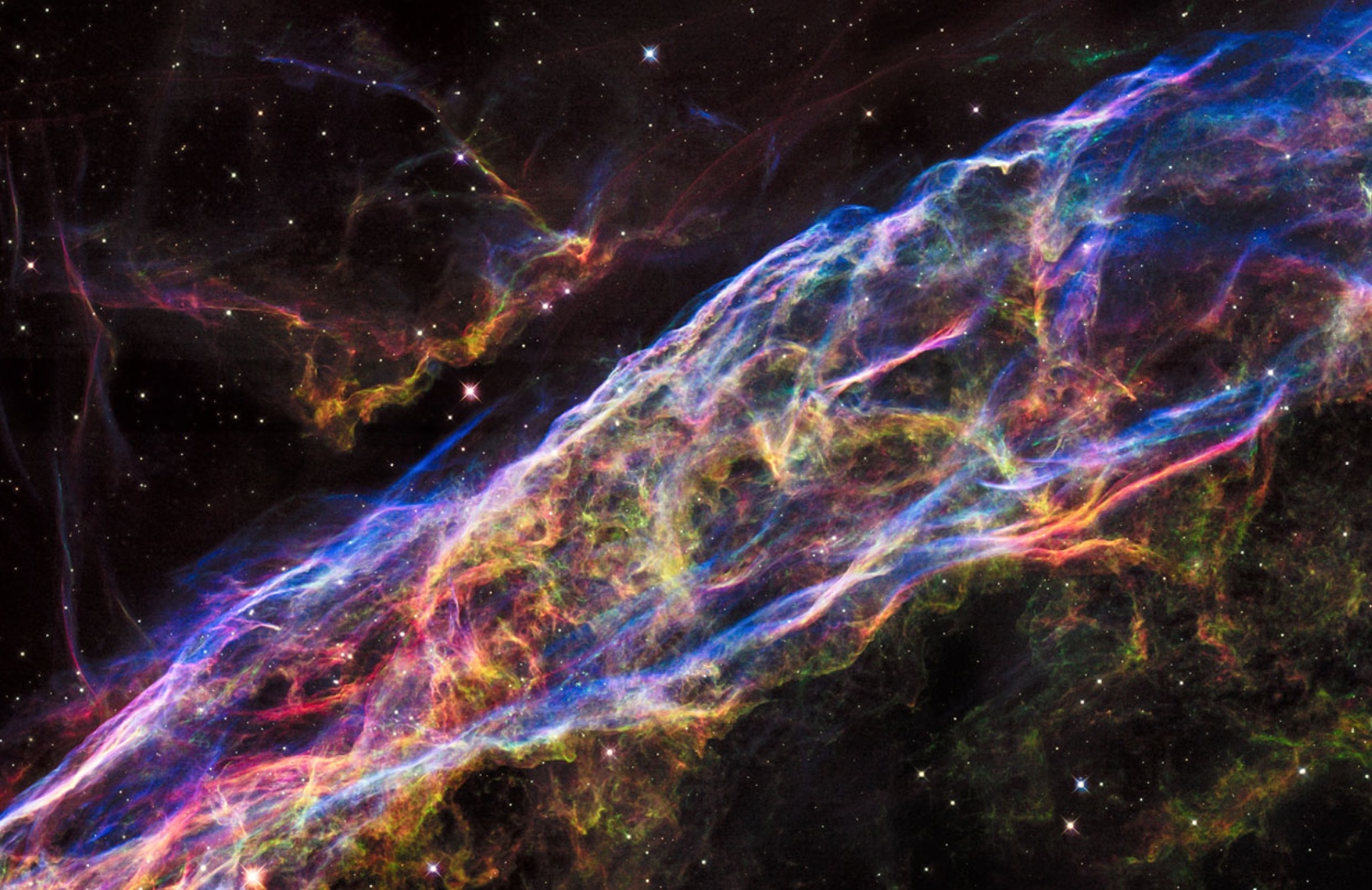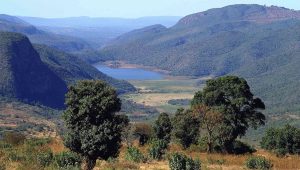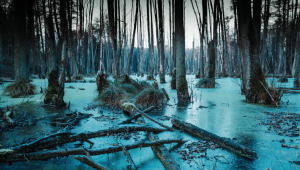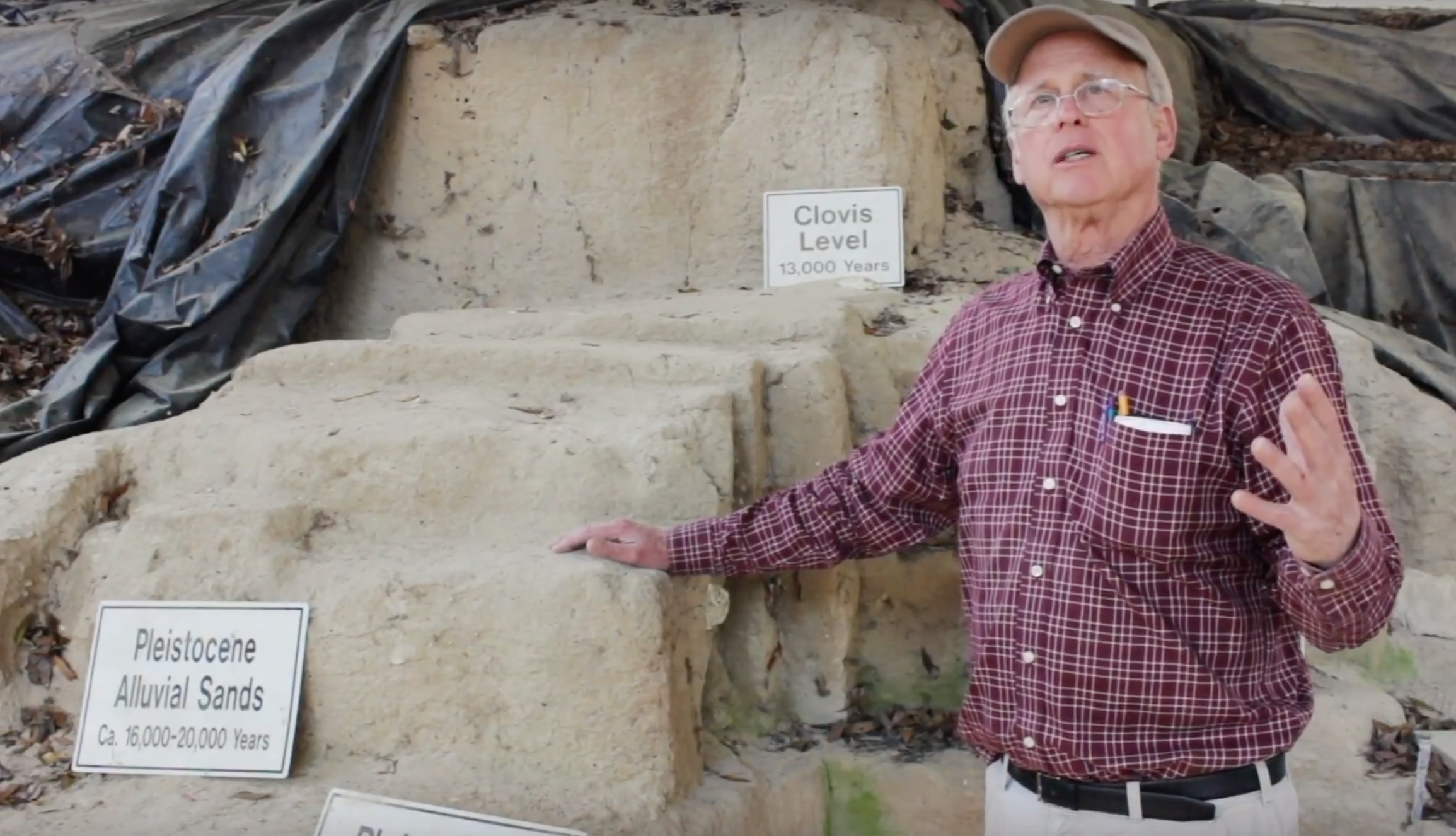
An ancient painting discovered on a slab of stone in Kashmir, south Asia, is believed to hold fascinating clues to an ancient celestial event: scientists believe it is a record of a supernova that occurred more than 5000 years ago.
The ancient rock art, which is believed to have been created around 3600 BC, could also be the oldest sky chart ever found.
A study appearing in the Indian Journal of History of Science argues that the ancient painting documents a supernova. This, according to Mayank Vahia, an Astrophysicist at the Tata Institute of Fundamental Research, is likely due in part to the proximity between two celestial objects that appear in the painting; the objects would likely have appeared further apart if the artist had been depicting the sun and the moon, since the full moon always appears on the side of Earth directly opposite from the sun.
Ghosts in the Sky
Astronomers today are able to locate the remnants of ancient supernovas that would have been easily visible in the sky in prehistoric times. When a star finally explodes, most of its mass is ejected during the ensuing cataclysm, and for hundreds of thousands of years thereafter, X-rays are emitted that are detectable by astronomers in modern times.
Based on this data, Vahia was able to find a likely candidate for a supernova that would have occurred during the period in which the ancient rock art was likely made: supernova HB9, whose explosion around 3600 BC would have caused it to increase in brightness to nearly that of the moon.
An Ancient Sky Chart?
Perhaps of even greater significance is the positioning of the characters in the painting. The painting appears to depict a hunting scene, in which a hunter can be seen aiming a bow and arrow toward a large stag. Nearby, another man lifts a spear above his head; behind him, a dog can be seen, as the two brilliant objects illuminate the sky above them.
However, Vahia believes the image could be more than merely a hunting scene. Taking the position of supernova HB9 in the ancient skies into consideration, the characters in the painting appear to align with constellations that would have been visible nearby. In this case, the hunter with the bow and arrow at the extreme left would be a prime candidate for the constellation Orion; the stag fits neatly in the area of the constellation Taurus; the man holding the spear aligns roughly with Pisces; even the animal resembling a dog in the upper right corner aligns with the Andromeda galaxy.
The age of the painting, prior to Vahia’s hutch that it had been made to commemorate a supernova from around 3600 BC, was known to have been at least 4100 years old. The painting was discovered as part of a wall in a structure dated to around the time of 2100 BC, where the stone featuring the art had been repurposed for building. Buried within the wall, the art was unlikely to have been visible from within the dwelling. Archaeological evidence also suggested that the oldest settlements in the region appeared around 4100 BC; therefore, the art on the stone was probably made some time thereafter, and prior to construction of the dwelling where it was found.
At present, it remains impossible to conclusively make associations between the the ancient painting, and supernova HB9. However, Vahia hopes that future acquisitions of art from the region, or perhaps from other parts of the world, will help confirm the events it details, which may indeed confirm it as the earliest known sky chart from prehistory.
Vahia and his colleagues’ paper can be read here.

Micah Hanks is a writer, researcher, and podcaster. His interests include historical research, archaeology, philosophy, and a general love for science. He can be reached at micah@sevenages.com.










